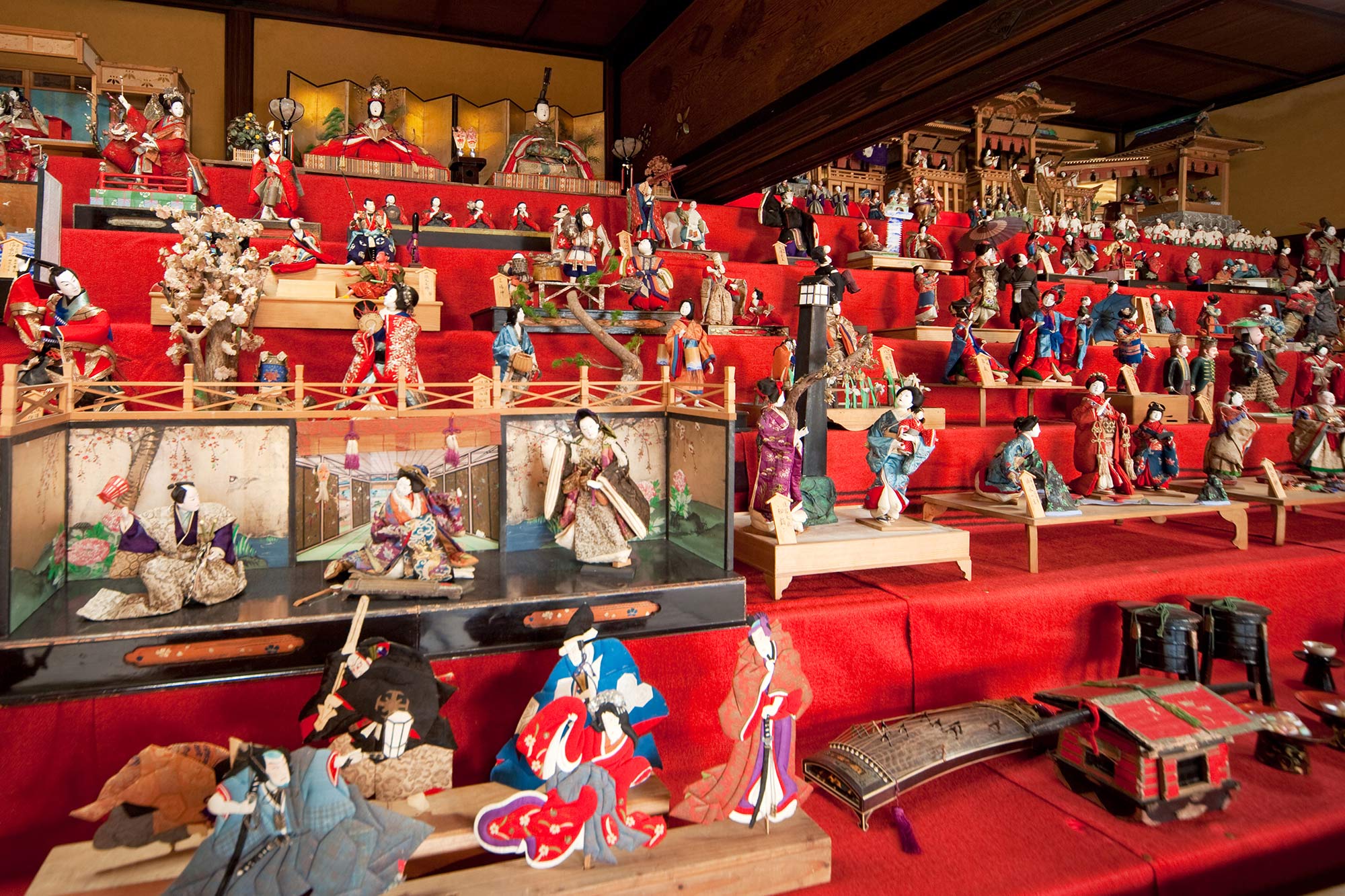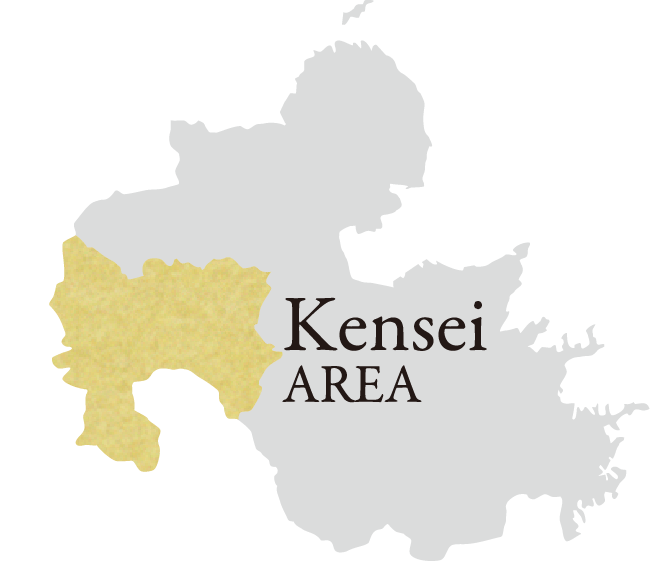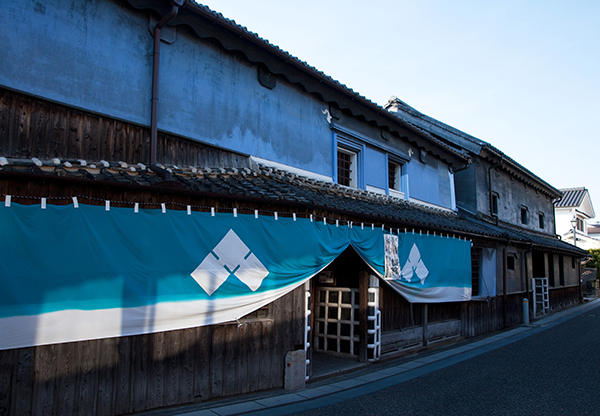

- Kensei Area
- Event
- Townscape
Mameda and Tenryou Hita Ohina-Matsuri (Girls' Festival of Hita)
Photography/TAKEUCHI Yasunori
the Prospered Merchant
The Hita Basin (Hita) is in the middle of Kyushu, with roads running in all four directions. With many sites from prehistoric times, the city prospered from ancient times. During the early modern period, Tokugawa Shogunate made the best use of the location and made the land belong to the shogunate (directly controlled district), making Hita the center of control over all shogunate-owned lands of Kyushu, in addition to having Daikansho (office of magistrate) and Saigoku Gundai Yakusho (municipal office) to supervise each district.
Fuseijo, where Daikan (magistrate) was stationed, was at the foot of Mount Tsukikuma in the northern part of the city. Across the Kagetsu River towards south was the town of Mameda, where wealthy merchants called “Kakeya” (lender) emerged, handling “Hita gold” and becoming the center of economy in Kyushu. There are streets and houses of merchants that still leave a reminiscence of the old time, which are designated as Important Preservation District of Historic Buildings. When citizens build new houses in the district or stores put their signs up, they need to match the design to the landscape.
The birthplace of the educator Tansou Hirose is now a museum, but his younger brother Kyube was also a notable Kakeya, who teamed up with the Daikan and contributed in the development of various parts of Buzen and Bungo. There were many other Kakeya, and one of the other noteworthy merchants was the Kusano Honke family, whose house was designated as a Nationally Designated Important Cultural Property in 2009. Their business was wax manufacturing and also Kakeya for the government officials, called Masuya.
When you hear Kusano Honke, many people are reminded of the Hina dolls. The Kakeya family used their wealth to collect gorgeous Hina dolls, and many brides brought their family Hina dolls together with other bridal trousseau. Today, between February and March, “Tenryou Hita Ohina Matsuri” (Girls’ Festival of Hita) are held in the city, in towns of Mameda and Kuma, etc.
Currently, during the Momo no Sekku (Peach Festival – when the peach blossoms flower), “Hina Matsuri” (Hina Doll Festival) in towns across Oita, mainly old castle towns such as Kitsuki and Nakatsu, compete in beauty, and festivals spread further around Kyushu and nationwide, but Hita has been one of the oldest cities that initiated the festival.
The history of Hina Doll Festival is old. It used to be a children’s plaything among the noble class during the Heian period, then it was connected with seasonal ritual during the medieval period, spreading throughout Japan in the early Modern age. Hita is one of the prominent locations of the festival.

Hita was once the center of Kyushu economy as the shogunate-owned territory. Kusano Honke in Mameda, leaving the impression of the old times.

